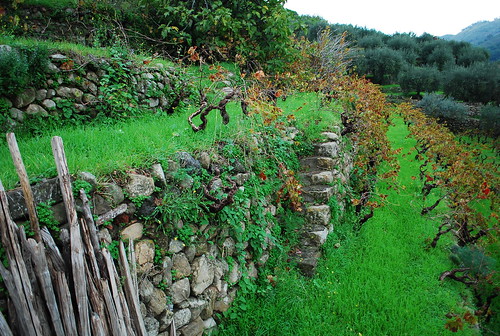I've blogged a lot about computer technology lately, discussing algorithmic thinking, programming languages, and metadata. I want to take some time to tie these concepts together with the history we've been studying lately.
Aldus Manutius, the great Renaissance publisher, is well known for his preservation of Greek, Latin, and Italian texts, as well as his innovation in bringing these books to the general public in a small, portable format known as an octavo. The modern analogue to his efforts is Project Gutenberg, which is digitizing as many books as it can and providing them for free to the public. The latest count includes more than 33,000 free electronic books. In many ways, this project is fulfilling Manutius' dream beyond his wildest expectations, due to the sheer volume of books being made available and the vast number of readers. Of course, Manutius could not have forseen the digital age, when copies have become nearly free. Nor may he have forseen an era when volunteers would donate their time and resources to provide such a large digital library.
Our reflections as we view western civilization through the lens of the digital revolution
Showing posts with label digital libraries. Show all posts
Showing posts with label digital libraries. Show all posts
Saturday, September 11, 2010
The Legacy of Manutius
Labels:
computers,
digital libraries,
metadata,
Renaissance,
search
Wednesday, September 8, 2010
Data and MetaData
 | |
| bits, by sciascia on flickr |
 |
| Campagna autunnale vicino Linguaglossa, by alfiogreen |
Digital libraries use metadata standards to markup resources for cataloging purposes. For example, metadata for an author might look like this:
This uses a format called XML, which encodes metadata in a human-readable form. In this case, we can see the author's name, Ray Bradbury, and his role as the creator of the work being cataloged. XML plays a critical role in data exchange on the Internet; it allows data to be extracted in a format that describes it structure, so that computer programs can automatically translate it in meaningful ways. For example, the RSS and Atom formats are used by blogs to publish a list of posts, so that they are easily read by software such as Google Reader. The RSS format for the books added to Project Gutenberg can be found at http://www.gutenberg.org/feeds/today.rss. You can see metadata in action on a digital library by searching the metadata for Project Gutenberg using the Anacleto search engine.<name type="personal"> <namePart>Bradbury, Ray</namePart> <role> <roleTerm type="text">creator</roleTerm> </role> </name>
Subscribe to:
Posts (Atom)
